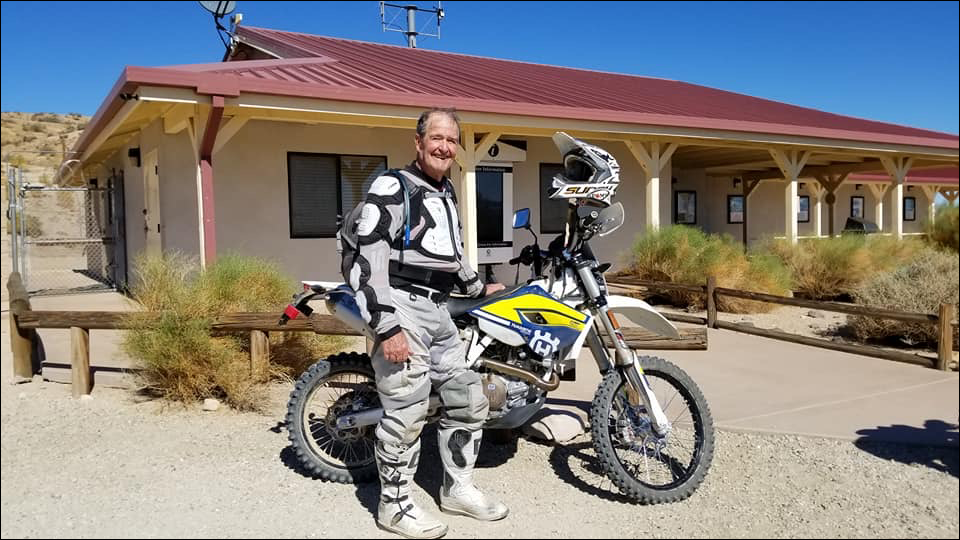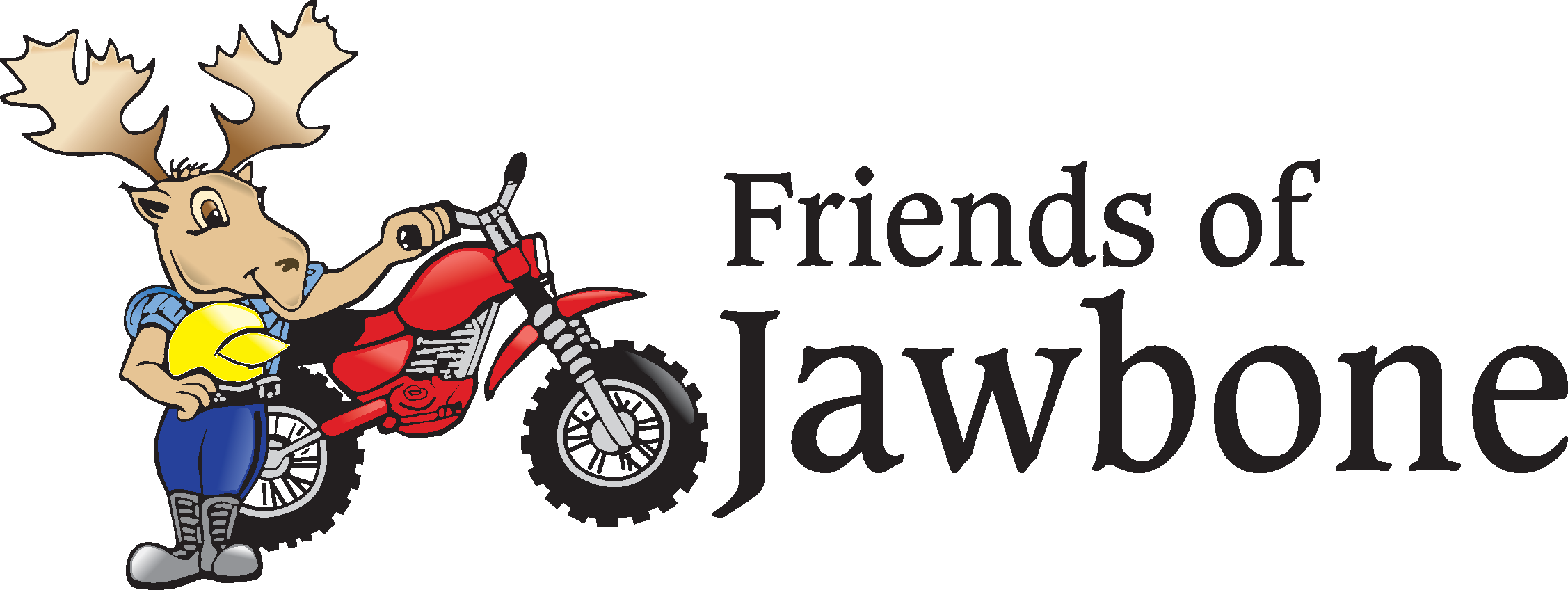Camping on BLM Land
On undeveloped BLM lands where camping is authorized, you may camp on one site for up to 14 days within any 28 day period. After 14 days, you must move a distance of 25 miles from your previous location. In BLM campgrounds, you may camp in any one campground up to 14 days per calendar year and up to 28 days per calendar year in any two or more BLM campgrounds.
• You must keep your sites free of trash and litter during the period of occupancy (CA Vehicle Code § 38320).
• You may not camp on lands affected by a land use authorization, active mining claim, or within 200 yards of a water source.
• It is prohibited to use as firewood, or have in your possession, any firewood materials containing nails, screws, or other metal hardware, including, but not limited to, wood pallets and/or construction debris.
• It is prohibited to place into the ground any non-flexible objects, such as, but not limited to, metal or wood stakes, poles, or pipes—with the exception of small tent or awning stakes—on all developed sites, and in all OHV Open Areas.
• Public nudity is prohibited on all developed sites, and in all OHV Open Areas.
BLM Rangers enforce all applicable laws. Help keep this area open for off-road recreation by obeying the law.
Campfires
California Campfire Permits are required on Bureau of Land Management land for the use of a campfire, propane stove, lantern, barbecue, or any open flame unless you are in a developed campsite or picnic area.
Permits are available free of charge at all Bureau of Land Management offices and at the Jawbone Visitor Center, as well as the offices of the California Department of Forestry and Fire Protection. Permits are valid for one year and are available online at: permit.preventwildfiresca.org.
Regulations governing campfires are specific to each National Forest and can change with weather conditions and the seasons. To protect yourself and the forest, before each visit, check with the Forest Service for current campfire restrictions.
Open fires—including stoves—may be banned completely during periods of high fire danger. Outside of existing campfire rings, please use a metal fire pan. Firewood collection is restricted to downed and dead materials. Always “Drown, Stir and Feel” to ensure any fire is completely out. Contact local agency offices for further fire information.
Hunting and Shooting
RULES & REGULATIONS
Before operating a firearm, make sure that you are in a legal area, and it is safe to shoot. Pick up ALL targets, cartridges, and other trash before leaving.
All state laws regarding hunting, including the possession of valid state hunting license, are in effect on public lands. Hunting opportunities exist for migratory birds, upland game, fur-bearing mammals, and big game,
except where prohibited by state or local laws, or posted otherwise. Although hunting is allowed, target shooting is prohibited in Wilderness Areas. Questions regarding these opportunities should be directed to the local land management field office. For information on hunting or fishing regulations, call the California Department of Fish and Wildlife at (916) 445-0411 or visit: wildlife.ca.gov.
ON FEDERAL LANDS (BLM AND USFS)
The shooting or discharge of firearms is generally permitted on USFS and BLM-managed lands unless posted otherwise, as long as such activity is permitted by state and local
laws. Shooters are prohibited from destroying any natural features, including rock formations and plants. All targets and cartridges must be cleaned up and removed from public lands. A firearm may not be discharged within 150 yards of any developed area.
Domestic Animals
Pets are welcome on BLM land, but it is best to keep them on leash as they may chase after prey and get lost. Small dogs can fall victim to coyotes, raptors, or mountain lions. Please clean up after your pet. Leaving a pet in a vehicle or trailer can be dangerous or fatal in warm temperatures.
Wilderness
Motorized vehicles, motorized equipment, or any other form of mechanical transport, are prohibited in all wilderness areas. For current information about permits, regulations, and tips for your wilderness adventure, please contact the managing agency.
All visitors should utilize the “Leave No Trace Seven Principles:”
- Plan Ahead and Prepare
- Travel and Camp on Durable Surfaces
- Dispose of Waste Properly
- Leave What You Find
- Minimize Campfire Impacts
- Respect Wildlife
- Be Considerate of Other Visitors
The member-driven Leave No Trace Center for Outdoor Ethics teaches people how to enjoy the outdoors responsibly. This copyrighted information has been reprinted with permission from the Leave No Trace Center for Outdoor Ethics. Learn more at: www.LNT.org.

Dedicated to Ed Waldheim

Founder of the Friends of Jawbone (FOJ)
Friends of Jawbone is a non-profit corporation under section 501(c)(3). If you or your business would like to support Friends of Jawbone, please click here.
Special Thanks To:
Please join us in thanking our Supporters:
Shaw Charitable Fund
PIONEER MEMBERSHIP
Please join us in thanking the sponsors of our 26th Moose Anderson Day:
Bureau of Land Management
Terra-Gen
Mather Ice
CSI Electric
Rio Tinto-US Borax
Peak Productions
High Desert Cycles
KCSR
Mojave Off-Road Adventures
Jawbone Channel
Jawbone Store
Fun Time ATV Rentals
Dirt and Destroy
CarMax Foundation
Karl’s Hardware
Crystal Geyser
IMC Real Estate JBL Associates
Point Mugu 4×4 Club
RSI Petroleum
The JOINT
Doug Varner
Indian Wells Brewing Company
X-West
Happy Trails Data Management
Mojave Gold

